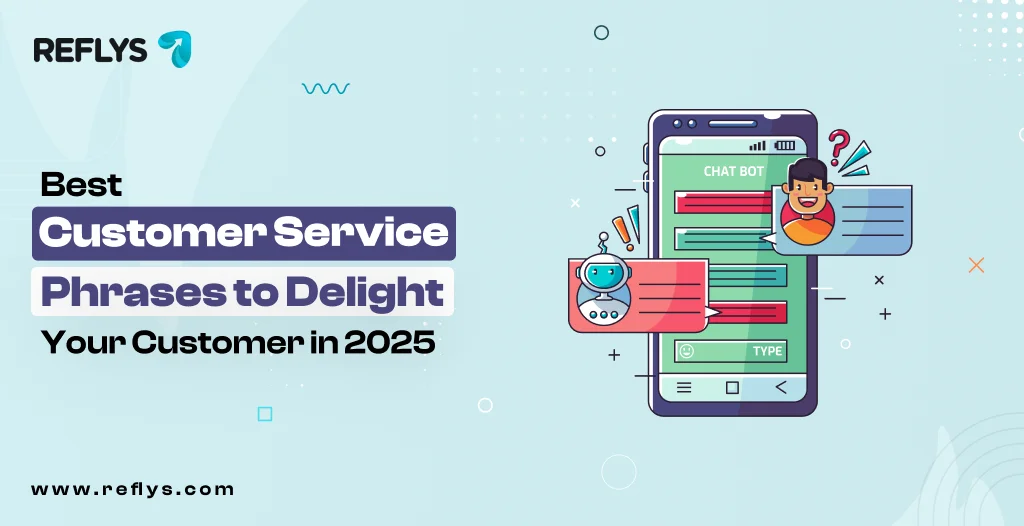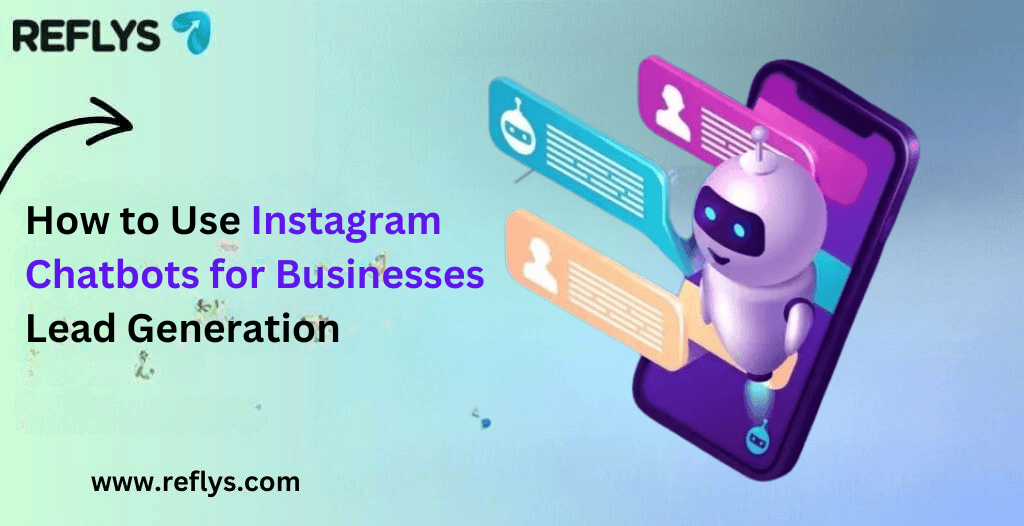Best Customer Service Phrases to Delight Your Customers in 2025
Customer Service Phrases are concise and intended to enhance communication, form rapport and solve problems smoothly. In 2025, knowing how to use these phrases will help you to gain attention and demonstrate the desire to support your customers. This blog highlights the basics of these phrases, their importance and the main moments in the customer journey to use them all.. After reading this blog, you can access over 50 ready-to-use phrases to take your service from good to unforgettable.

What Are Customer Service Phrases?
Customer service phrases are standardized sentences or prompts designed to:
- Greet customers warmly,
- Acknowledge their concerns,
- Express empathy,
- Outline actions, and
- Close interactions positively.
They keep a consistent tone and professionalism regardless of the medium used, whether it be phone, chat, or email, while also equipping new agents to be bold from their first contact.
Why These Phrases Matter in 2025
The Competitive Edge of Human Interaction
Automated chatbots, covering basic issues and self-service enhancement, made it normal for customers to view human agents as a second option instead of their first point of contact. However, research findings of 2024 suggest that 80% of consumers prefer human communication for addressing sensitive and problematic issues.
1.Build Trust Quickly
A friendly, clear greeting reassures customers they’re in capable hands. Phrases like “Thank you for choosing [Company]” signal professionalism and warmth from the first second.
2. Reduce Friction
The use of complex terminologies and vaguely defined policies tends to annoy clients. Employing simple terms aids the customers in understanding faster and resolving issues promptly.
3. Enhance Brand Voice
Whether you are playful, professional, or compassionate, a universally consistent brand tone will help customers identify and connect with your brand. The use of a consistent approved language stack brings out your brand’s distinctiveness.
4. Boost Agent Confidence and Efficiency
Agents who will have a list of pre-approved phrases to use can focus on addressing complaints instead of being surprised by the new situation.
1. Greeting Phrases
A warm word of greeting can open the door for a favorable result. A sudden or casual greeting often leaves customers feeling unseen, but a considerate opening approach creates rapport and trust between the parties immediately.
- “Thank you for choosing [Company]. How may I assist you today?”
A warm welcome plus readiness to help, popular in phone support scripts - “Good [morning/afternoon/evening], [Name]! What can I help you with today?”
Personalizing with time of day and name creates immediate rapport. - “Welcome! I’m [Your Name] from [Company]. How can I make your day better?”
Introducing yourself and offering assistance shows ownership of the customer’s needs. - “Hello! Thank you for reaching out to [Company]. How can I help?”
Friendly and concise, ideal for live chat greetings.
2. Acknowledgment & Appreciation Phrases
By telling the customer that you value their patience or effort, you ensure a positive experience will continue to bear fruit in terms of goodwill and prevent something from escalating.
- “I appreciate your patience while I look into that.”
Validates wait time and shows respect for their schedule. - “I appreciate your feedback.
Turns negative feedback into a positive experience.
- “Thanks for waiting. I’ve got an update for you.”
Combines gratitude with next-step clarity. - “I’m grateful you let me know about this.”
Reinforces that customer input is valued and motivates agents to listen more closely.
3. Empathy & Reassurance Phrases
When problems occur, customers frequently contact us. Even acknowledging how you’re feeling contributes to quelling the situation and proves that you care.
- “I understand how frustrating that must be.”
Puts yourself in their shoes and validates emotion. - “I am sorry, genuinely for your experience with this setback.”
Apologizing from the heart rebuilds trust and faith.
- “That sounds inconvenient. Let’s get it fixed.”
Acknowledges the problem and signals immediate action. - “I can imagine how this issue affects you.”
Deepens connection by articulating understanding.
4. Action-Oriented Phrases
Customers appreciate the availability of clear information as to what steps you will make and when. Action-oriented phrasings as clear instructions ease customer worried and make them aware of what to anticipate.
- “Let me take care of that for you right away.”
Conveys ownership and urgency. - “This is the process I’ll use going forward.>>…”
Keeping your customers in the loop about your next process increases visibility and reduces anxiety. - “I’ll research this and update you by [specific time].”
The communication of a timeline comforts the customer and enables their planning. - “I’ve escalated this to our [team/manager], and you’ll hear back by [time].”
Shows that the issue is being suitably addressed and a solution is being taken.
5. Closing & Follow-Up Phrases
The final impression lingers longest. Make customers feel recognized, understood, and welcome back if necessary.
- “Is there anything else I can do for you while you’re here?”
Ensures all concerns are addressed before ending the interaction. - “It was my pleasure helping you.”
Warm sign-off that personalizes the experience. - “Feel free to reach out anytime.”
Invites future contact and shows ongoing support. - “Thank you for choosing [Company]. Have a great day!”
Combines gratitude with a friendly farewell to reinforce positivity.
Certain stock responses can feel dismissive, robotic, or even condescending. Steer clear of:
- “That’s our policy.”
- “Calm down.”
- “You’ll need to…”
- “You’re mistaken.”
- “We can’t do that.”
Instead, reframe with empathy and alternatives.
Best Practices for Using These Phrases
1. Be Authentic
- Personalize phrases with names, specific details, and a genuine tone.
- Avoid over-reliance on scripts—use them as guides, not crutches.
2. Keep It Brief
- Short, clear sentences are easier to read and process—especially in chat or SMS.
- Break up longer messages into bullet points or numbered steps.
3. Adapt by Channel
- Phone: More conversational pacing and verbal cues (“mm-hmm,” “absolutely”).
- Email: Polished, slightly more formal phrasing; use paragraphs for readability.
- Chat/SMS: Snappier tone; lean on emojis or GIFs if brand-appropriate.
4. Train & Role-Play
- Practice real scenarios, including challenging or emotional calls.
- Encourage agents to improvise within the framework of approved phrases.
5. Monitor Feedback
- Collect post-interaction surveys asking which phrases felt most helpful.
- Analyze call/chat transcripts to identify new opportunities for phrase development.
Conclusion
If you want to succeed in customer service in 2025, it’s imperative to practice empathy, simple conversation, and real action done with every customer. Using these forms of greetings, expressions of gratitude, empathetic remarks, actionable language, and proper closings will build trust, speed up solutions, and promote continued business. If you integrate these phrases in your talk, then you can expect a significant increase in customer happiness metrics.


